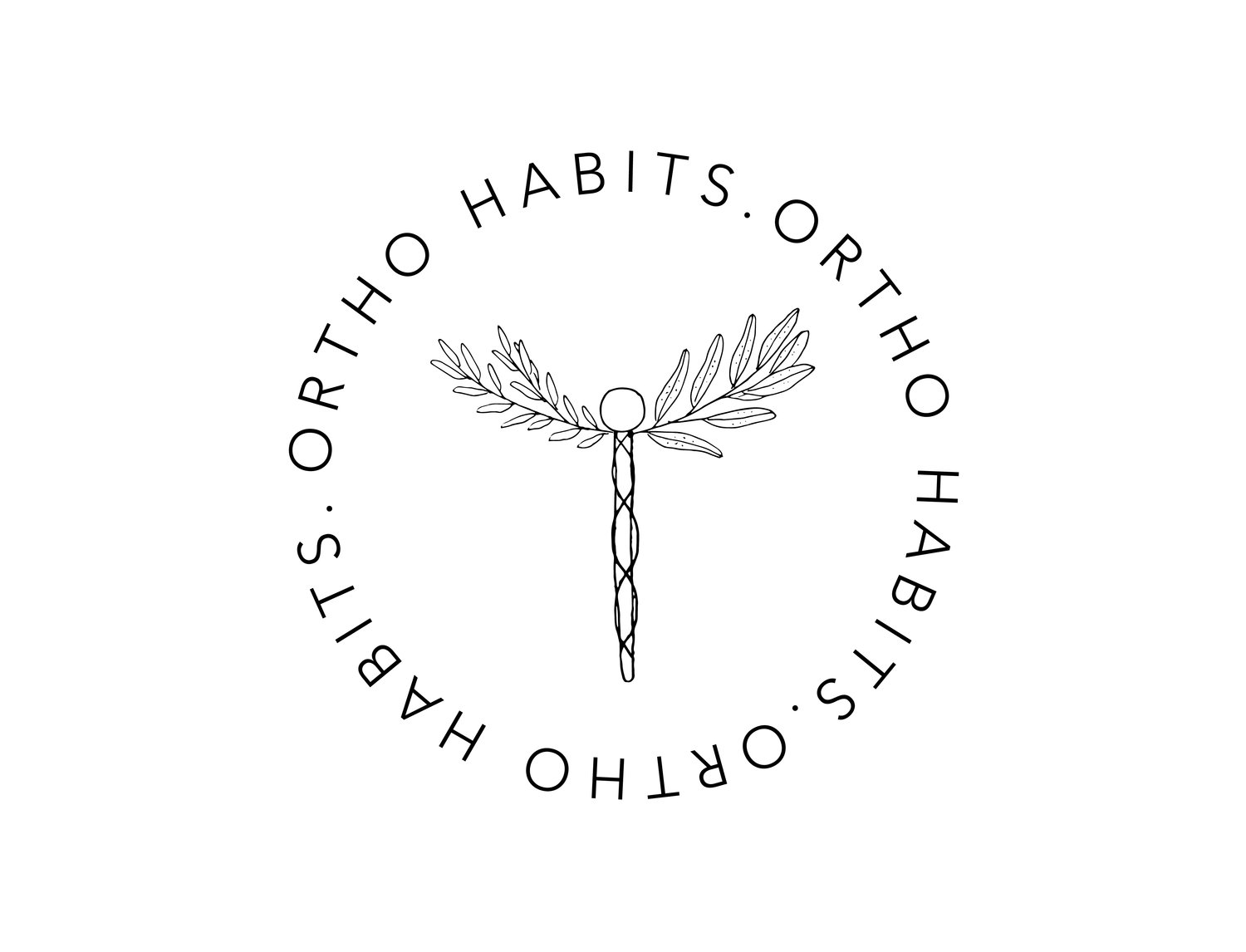....Een link tussen bloedend tandvlees en andere ziektes?..A link between bleeding gums and other diseases?....
....Bloedend tandvlees is één van de meest voorkomende ontstekingsaandoeningen. Als u bloed opmerkt tijdens het poetsen of flossen, dan heeft u reeds symptomen van gingivitis. Op de lange termijn kan gingivitis zich ontwikkelen tot vergevorderd tandvleesontsteking of parodontitis. De bacterie Porphyromonas gingivalis - of P. gingivalis – wordt geassocieerd met de bacteriële infectieziekte parodontitis: een ontsteking van weefsels rondom de tanden.
Onderzoekers komen er nu achter dat tandvleesontstekingen een nefaste invloed hebben op de rest van het lichaam. Tandvleesinfecties beïnvloeden niet alleen uw darmen, atherosclerotische aandoeningen, metabolisme of zelf ons seksleven, het is ook een belangrijk risicofactor in de ziekte van Alzheimer.
Bacteriën die een rol spelen bij tandvleesontstekingen zijn al eerder gevonden in de hersenen van overleden alzheimerpatiënten. Tot nog toe was het echter niet duidelijk of deze bacteriën de ziekte veroorzaakten, of dat ze de hersenen binnendrongen doordat de aandoening het brein beschadigt.
In studies, waar men opzettelijk P. gingivalis toebracht in muizen, leidde dit tot herseninfecties, amyloïde-productie, klonters van tau-eiwit en neurale schade in de regio’s en zenuwen die normaal gesproken door de ziekte van Alzheimer worden aangetast.
Dit werd onder meer, in 2019, gepubliceerd in Science Advances. Het onderzoek toont hoe P. gingivalis is aangetroffen in de hersenen van patiënten met de ziekte van Alzheimer. De bacteriën en de enzymen (die deze bacteriën produceren) kwamen in hogere concentraties voor in de hersenen van mensen die een sterke cognitieve achteruitgang hadden meegemaakt. Daar waren ook meer amyloïde- en tau-klonters te vinden. Maar de neurowetenschappers gaan nog een stap verder. In het brein van overleden Alzheimerpatiënten zijn niet alleen de P. gingivalis-bacteriën aangetroffen. In neuronen van deze mensen troffen ze ook enzymen aan die door de P. gingivalis-bacteriën worden geproduceerd. Experimenten in het laboratorium suggereren dat deze toxische enzymen, zogeheten ‘gingipains’, door de bacterie P. gingivalis worden gebruikt om menselijk weefsel te verteren. Deze enzymen tasten het tau-eiwit zo aan dat de eveneens met Alzheimer in verband gebrachte tau-verstrengelingen ontstaan. De bacteriën werden ook teruggevonden in het ruggenmergvocht van levende alzheimerpatiënten.
Hoewel we weten dat de aanwezigheid van één enkele type bacterie (en diens enzymen) niet de enige oorzaak is van de aandoening, toch is het van belang om mondgezondheid au sérieux te nemen en het te zien als belangrijk onderdeel van een gezonde leefstijl.
Wenst u meer te weten? Onderstaand vindt u het artikel:Stephen S. Dominy, et al., Porphyromonas gingivalis in Alzheimer’s disease brains: Evidence for disease causation and treatment with small-molecule inhibitors. Science Advances 2019 Jan 23;5(1):. eaau3333 ..Bleeding gums are one of the most common inflammatory conditions. If you notice blood while brushing or flossing, you already have symptoms of gingivitis. In the long run, gingivitis can progress to advanced gum disease or periodontitis. The bacteria Porphyromonas gingivalis - or P. gingivalis - is associated with the bacterial infectious disease periodontitis: an inflammation of tissues surrounding the teeth.
Researchers are now getting to the bottom of why gum disease has a detrimental effect on the rest of the body. Gum infections not only affect your gut, atherosclerotic disease, metabolism or even our sex life, it is also a major risk factor in Alzheimer's disease.
Bacteria that play a role in gingivitis have previously been found in the brains of deceased Alzheimer's patients. Until now, however, it was not clear whether these bacteria caused the disease, or whether they invaded the brain because the condition damages the brain.
In studies, it was observed that deliberately causing P. gingivalis-related gum disease in mice led to brain infections, amyloid production, clumps of tau protein, and neural damage in the regions and nerves normally affected by Alzheimer's disease.
This was published in Science Advances, among others, in 2019. The study shows how P. gingivalis has been found in the brains of patients with Alzheimer's disease. The bacteria and enzymes (which these bacteria produce) were found in higher concentrations in the brains of people who had experienced a strong cognitive decline. More amyloid and tau load were also found there. But neuroscientists go a step further. Not only the P. gingivalis bacteria have been found in the brains of deceased Alzheimer's patients. In neurons of these people they also found enzymes produced by the P. gingivalis bacteria. Laboratory experiments suggest that these toxic enzymes, called 'gingipains', are used by the bacterium P. gingivalis to digest human tissue. These enzymes attack the tau protein so that it develops into tau entanglements also associated with Alzheimer's disease. The bacteria were also found in the spinal fluid of living Alzheimer's patients.
While we know that the presence of a single type of bacteria (and its enzymes) is not the sole cause of the condition, it is important to take oral health seriously and see it as an important part of a healthy lifestyle.
For some further reading:
Stephen S. Dominy, et al., Porphyromonas gingivalis in Alzheimer’s disease brains: Evidence for disease causation and treatment with small-molecule inhibitors. Science Advances 2019 Jan 23;5(1):. eaau3333 ....




